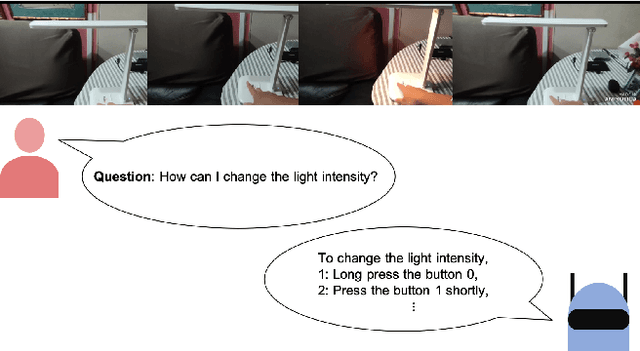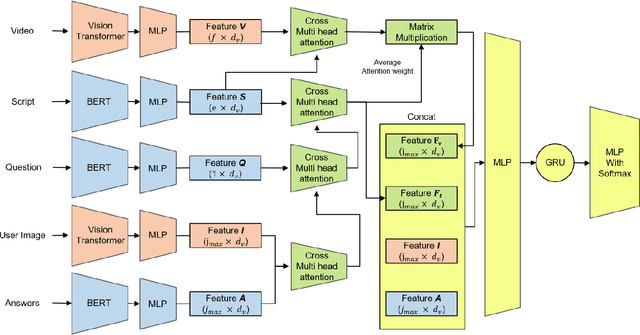Hyeonyu Kim
Exploring Fine-Tuning of Large Audio Language Models for Spoken Language Understanding under Limited Speech data
Sep 18, 2025Abstract:Large Audio Language Models (LALMs) have emerged as powerful tools for speech-related tasks but remain underexplored for fine-tuning, especially with limited speech data. To bridge this gap, we systematically examine how different fine-tuning schemes including text-only, direct mixing, and curriculum learning affect spoken language understanding (SLU), focusing on scenarios where text-label pairs are abundant while paired speech-label data are limited. Results show that LALMs already achieve competitive performance with text-only fine-tuning, highlighting their strong generalization ability. Adding even small amounts of speech data (2-5%) yields substantial further gains, with curriculum learning particularly effective under scarce data. In cross-lingual SLU, combining source-language speech data with target-language text and minimal target-language speech data enables effective adaptation. Overall, this study provides practical insights into the LALM fine-tuning under realistic data constraints.
Generating Realistic Images from In-the-wild Sounds
Sep 05, 2023Abstract:Representing wild sounds as images is an important but challenging task due to the lack of paired datasets between sound and images and the significant differences in the characteristics of these two modalities. Previous studies have focused on generating images from sound in limited categories or music. In this paper, we propose a novel approach to generate images from in-the-wild sounds. First, we convert sound into text using audio captioning. Second, we propose audio attention and sentence attention to represent the rich characteristics of sound and visualize the sound. Lastly, we propose a direct sound optimization with CLIPscore and AudioCLIP and generate images with a diffusion-based model. In experiments, it shows that our model is able to generate high quality images from wild sounds and outperforms baselines in both quantitative and qualitative evaluations on wild audio datasets.
Technical Report for CVPR 2022 LOVEU AQTC Challenge
Jun 29, 2022



Abstract:This technical report presents the 2nd winning model for AQTC, a task newly introduced in CVPR 2022 LOng-form VidEo Understanding (LOVEU) challenges. This challenge faces difficulties with multi-step answers, multi-modal, and diverse and changing button representations in video. We address this problem by proposing a new context ground module attention mechanism for more effective feature mapping. In addition, we also perform the analysis over the number of buttons and ablation study of different step networks and video features. As a result, we achieved the overall 2nd place in LOVEU competition track 3, specifically the 1st place in two out of four evaluation metrics. Our code is available at https://github.com/jaykim9870/ CVPR-22_LOVEU_unipyler.
 Add to Chrome
Add to Chrome Add to Firefox
Add to Firefox Add to Edge
Add to Edge